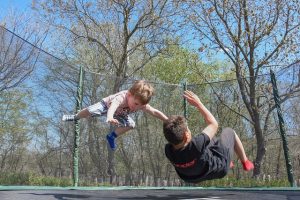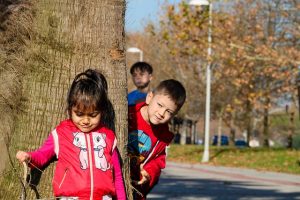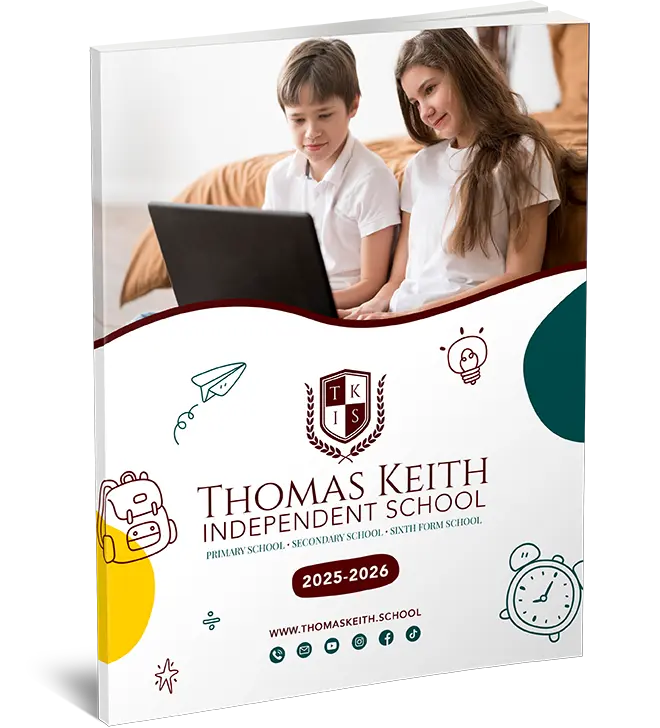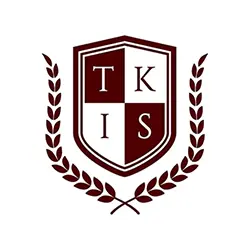UK Online Learning Strategies: How Thomas Keith Online School Stands Out
Online learning is becoming essential. Before we learn about how to choose an online school, understanding effective online learning practises is crucial for UK parents and kids. These tactics reflect Thomas Keith Independent School, a model of online British education.
1. Live, Interactive Classes: Quality Education
The delivery method distinguishes numerous online platforms that provide many courses. UK online learning excels in live, interactive sessions. This approach engages students, provides real-time feedback, and strengthens teacher-student relationships. Live online classes at Thomas Keith Online School make distance learning as effective as in-person classes.

2. British Curriculum—Gold Standard
Many top UK schools follow the rigorous and holistic English National Curriculum. This curriculum ensures that online students obtain a high-quality education and are on a level with their peers in physical schools. This curriculum gives Thomas Keith pupils internationally renowned knowledge and abilities.
3. British Expert Educators: Learning Pillars
Excellent schools start with great teachers. British teachers are known for their skill and dedication. These specialists teach every class at Thomas Keith Online School, guaranteeing excellent education and mentoring. Their knowledge of British culture strengthens the studying experience and makes it distinctive for UK students.
4. A Holistic Approach—Beyond Academics
An all-around education includes more than just academics. The whole child—emotional, social, and personal—is developed. Online schools, like Thomas Keith, purposefully include conversations, group activities, and extracurricular projects to help students develop holistically.
5. Consistency and Routine: Online Learning Foundation
Online schools require structure, contrary to popular belief. Thomas Keith Online School values regularity. This provides students with routine, discipline, and achievement.
6. Unique Care for Each Child
Online learning offers personalised attention. In a virtual classroom, especially at a reputable school like Thomas Keith, teachers can customise their lessons. This ensures every child—visual, auditory, or kinesthetic—gets the care they need.
7. Continuous Assessment and Feedback—The Roadmap to Improvement
Continuous assessment makes learning successful. Online platforms with many tools provide a continual evaluation. Thomas Keith School goes further by giving students and parents immediate feedback on their child’s progress.
Overall, complex tactics dominate UK online learning. It’s about combining the British curriculum’s rigour with technology under devoted educators. Thomas Keith Online School excels in the UK’s wide online education market by adopting and refining these tactics. Thomas Keith excels at online British education.
Active Learning Interactions in Online Education: Four Pillars
Active learning is essential to student achievement in the digital age. Active learning engages students, improving comprehension and retention. How is this done online? Four key interactions promoted by modern British online educational platforms like Thomas Keith Independent School provide the answer.
Student-content interaction
The student-subject interaction is important to education. Actively engaging with content involves:
Engaging Activities: Students may use virtual archives, quizzes, or digital tools to reenact historical events.
Critical Analysis: Students develop analytical skills by questioning, comparing, and drawing connections.
Live sessions led by British educators at Thomas Keith Online School guarantee knowledge is discussed, examined, and internalised.
Student-Teacher Interaction
Active learning relies on educators. Online interaction should be deep:
In a typical classroom, students raise their hands and receive immediate feedback. Same principle online. Thomas Keith students can get rapid answers to questions during live sessions.
Guided Exploration: Instead of lecturing, teachers might help students explore resources and find themselves.
Teachers at Thomas Keith encourage open dialogue and exploratory learning, reflecting British pedagogy.
Student-student interaction
Peer relationships foster community, collaboration, and critical thinking. This is easier online:
Group Projects: Students can collaborate, delegate, and complete assignments online using tools and platforms.
Discussion forums: Students ask questions, share resources, and argue. Theory meets multiple perspectives, enhancing comprehension.
Thomas Keith School is entirely online, however, student interactions are rich, like British private schools. Students are a vibrant, collaborative community.

Student-System Interaction
Online platforms affect learning. Active learning involves “what” and “how”. Student-system interaction includes:
User-Friendly Platforms: Students spend less time finding out “how” and more time studying.
Adaptive Learning Paths: Advanced systems can assess a student’s proficiency and customise information.
Thomas Keith Online School’s strong, straightforward technology is student-focused. Many universities have good content, but the Thomas Keith platform makes it easy to access and use.
Untangling British Online Learning Types
Online learning may seem monolithic to some. However, it reveals a complex web of sorts with distinct traits. Understanding online learning kinds is crucial as we navigate digital education, especially in Britain. Thomas Keith Independent School uses several of these approaches to provide the best British online education.
1. Synchronous online learning
Defined: Real-time learning. It simulates classrooms online.
Experience at Thomas Keith: Imagine a British teacher explaining Shakespeare to pupils from other countries, who respond with interpretations and questions. Live online classes at Thomas Keith blend classroom learning with online flexibility.
2. Asynchronous online learning: Self-paced, no-real-time interactions
Thomas Keith Values Synchronous Learning: Pre-recorded courses can be useful, but they lack the spontaneity of live interactions. Thomas Keith promotes the synchronous approach, which encourages lively dialogues and immediate, interactive learning.
3. Blended Learning: Traditional classroom instruction plus internet methods
Thomas Keith is 100% online, yet the emphasis is blended learning. How so? The school smoothly incorporates the best of physical classroom interactions—teacher-student dialogues, peer discussions—into its online format.
4. Adaptive Learning: Systems that customise learning based on performance
The Thomas Keith Approach: The British curriculum is rigid, but teacher-student interactions are adaptive. Teachers can assess students’ understanding and adapt their methods to meet their requirements.
5. Gamified Learning: Game-based learning modules to increase engagement and retention
British schooling strikes a superb balance between seriousness and fun. Thomas Keith’s main mode isn’t gamified, although gamification may be used throughout courses to make complicated concepts easier to understand.
6. Peer interactions—discussions, collaborative projects, and group tasks—define social learning
Social Fabric of Thomas Keith: Online learning may seem solitary. Not Thomas Keith. Students collaborate in breakout sessions and group projects here. Ideas, discussions, and collaborations fill the school’s digital space.

Self-guided Learning
Characteristic: Students decide what, how, and when to learn.
Balancing Independence and tutelage: While Thomas Keith follows a prescribed curriculum, students can explore tangents, dive deep into themes of interest, and ask questions that shape a session under the careful tutelage of expert British educators.
Scenario-based learning: Real-world scenarios and simulations teach complicated ideas.
Practicality at Thomas Keith: Education isn’t memorisation. Scenario-based methods can transport students to a different age or allow them participate in virtual labs, making abstract topics tangible, especially in history and science.




